SUMMARY
This is AI generated summarization, which may have errors. For context, always refer to the full article.
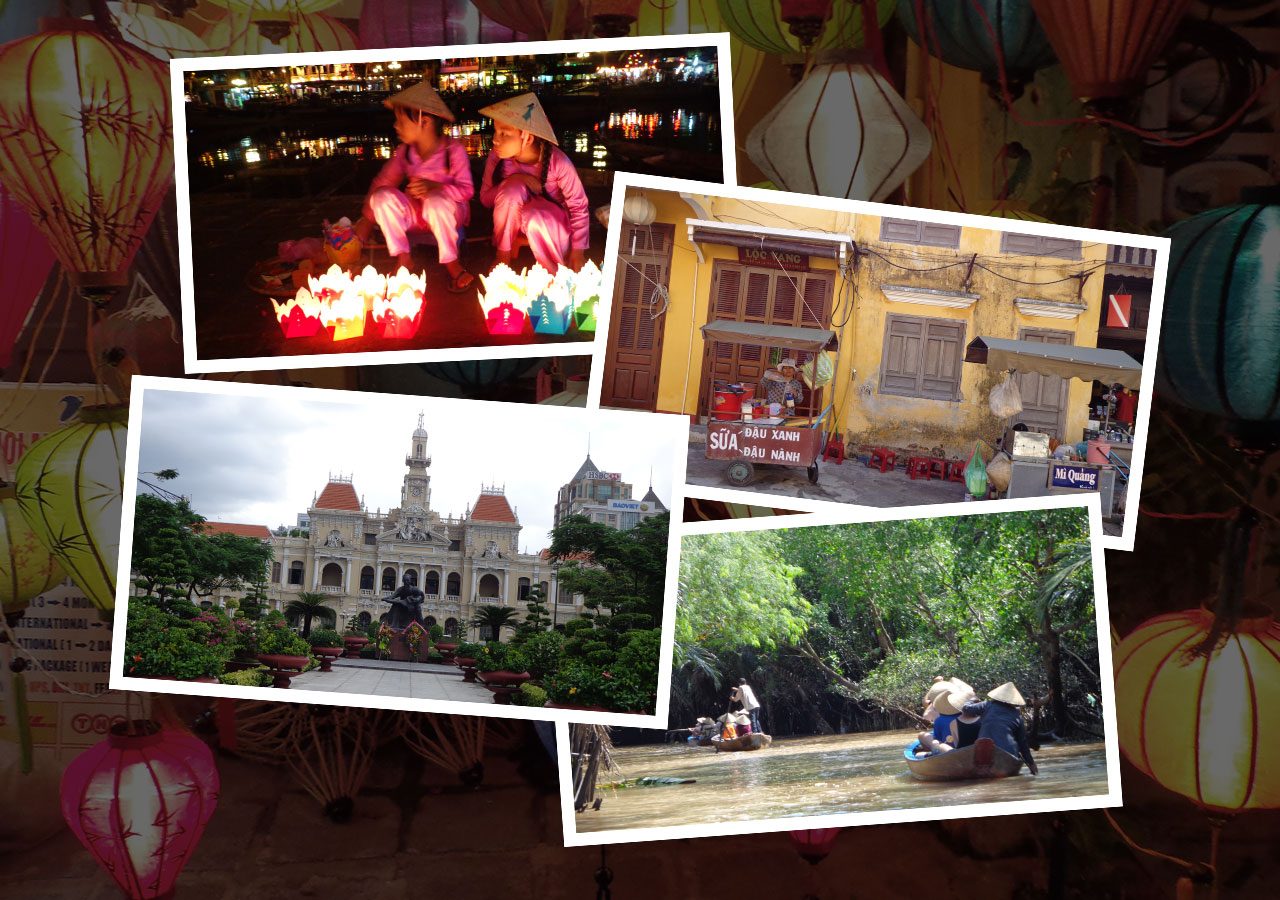
If you’re looking for a budget destination, Ho Chi Minh City (HCMC) in Vietnam should be at the top of your list. HCMC, also known as Saigon, is a bustling city in Vietnam – you may have already seen the videos and photos of motorbikes packing the streets and sidewalks (pedestrians beware!). This city is full of life, with plenty of bargains, affordable food and accommodation, and historic attractions that can easily fill your itinerary. HCMC can also serve as your base to other destinations in the country whether you buy plane or bus tickets. For this guide, you’ll also get the chance to visit Da Nang and Hoi An.
Visa requirements
Filipinos don’t need to apply for a visa to enter Vietnam as long as their trip lasts only 21 days. If your trip is longer than that, you’ll have to apply for a visa.
Get into Vietnam
It’s convenient to enter Vietnam from the Philippines. Philippine Airlines and Cebu Pacific have regular flights from Manila to Ho Chi Minh City (Saigon). Book your flights early to get discounted airfare.
*Visitors need to have insurance of at least $10,000, which includes COVID coverage.

Getting around
Most of the attractions of interest to tourists are within walking distance from each other, so I just walked most of the time. There are city buses that can take you further out. Grab is also available in the city and is a recommended option to avoid opportunistic taxi drivers.
Itinerary
You can do a lot in HCMC in a week along with another popular destination in Vietnam. After exploring Saigon, you can do a few day trips from the city as well. You’ll be carrying huge denominations of cash here since the Philippine peso is stronger than the Vietnamese dong (VND). You’ll eventually overcome the surprise of carrying millions of dongs that are worth just around P5,000+.
*This itinerary assumes you start with one full day.
Day 1
Start your day with a visit to the Independence Palace, also referred to as the Reunification Palace. The latter was the site where a North Vietnamese Army tank burst through the gates, marking the end of the Vietnam War. Go on a tour to see the rooms and halls where high-level talks and strategizing took place. You’ll also see the president’s living quarters during your trip.
After exploring the palace, walk to the War Remnants Museum. The museum is home to displays of French and American war crimes during their occupation at different times of the country’s history. Seeing the displays are a sobering experience.
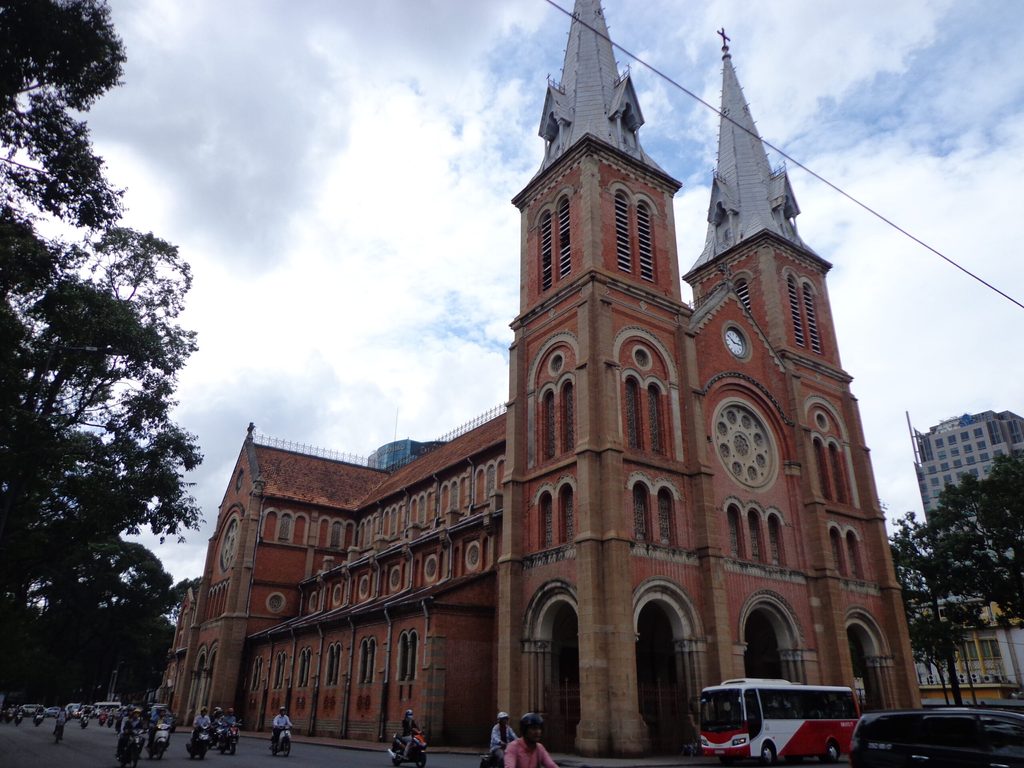
Grab a bite at one of the nearby cafes or restaurants after your museum-hopping. You don’t have to walk too far from the palace and museum to see other famous landmarks in the city such as the Notre Dame Cathedral, Saigon Post Office, and Saigon Opera House. All three are vestiges of the 19th century French-colonial style. Don’t miss the nearby Ho Chi Minh City People’s Committee Head Office or City Hall; it’s another example of French colonial architecture but dates to the early part of the 20th century.
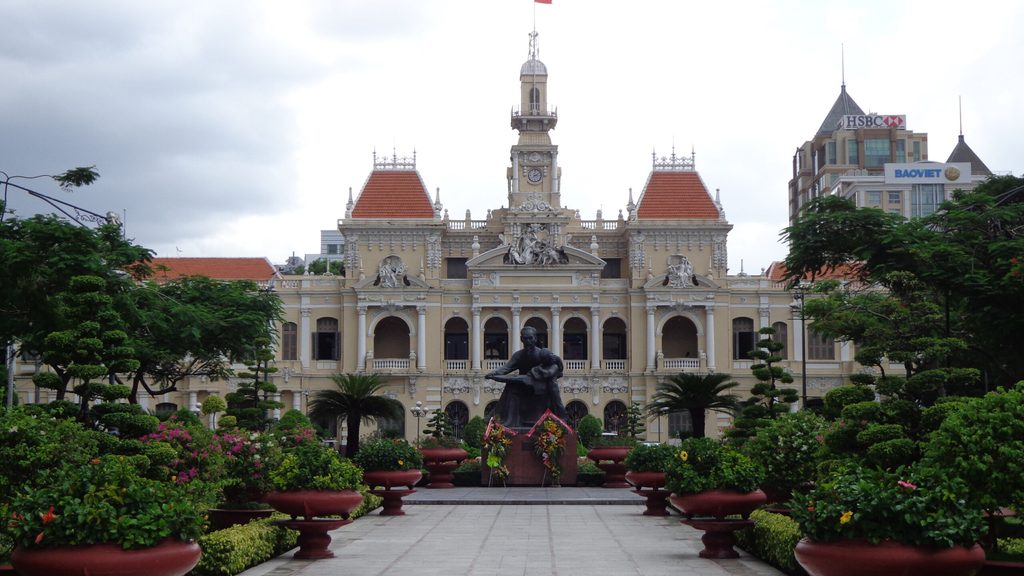
Entrance fees:
War Remnants Museum: VND40,000
Reunification Palace: VND65,000 (includes palace and exhibits), VND40,000 entry to the palace
Day 2

Go on a half-day tour of the Cu Chi Tunnels. The Viet Cong used unconventional ways to fight the invading Americans. They used a network of tunnels to ambush, trap, and kill enemy soldiers. They set all sorts of unnoticeable deadly traps within the tunnels or around its vicinity. They also used it as living quarters where they stored food, medicines, ammunition, and other items needed for warfare. The tunnels were made for the size of the Vietnamese soldiers. The Americans had a difficult time navigating them because of its extensive network and small size. Fast forward to today, the government widened some sections of the tunnels for tourists.

You could book a tour online through Klook or look for a tour operator in the city. Half-day tours cost up to VND400,000+ depending on the inclusions, and sometimes your negotiating skills. Booking at least the day before your trip while you’re already in Saigon is cheaper than booking online. After the trip, spend the rest of the day hanging out in the city, eating banh mi (a local sandwich), drinking coffee (or egg coffee), and looking for souvenirs in the many markets.
Day 3

Spend a day in Vietnam’s countryside with a trip to the Mekong Delta. The latter is the lifeblood of many rural families plying their trade in the factories, or selling their produce and/or their wares. A tour takes you to the countryside to see the local villages and watch a demonstration of how some products are made. You’ll also experience a river cruise where you’ll catch a glimpse of local life. A day trip costs up to VND500,000+ depending on inclusions. Again, booking at least the day before your trip while you’re already in Saigon is cheaper than booking online.
Day 4
You can include Hoi An in Central Vietnam during your trip in Vietnam. The closest airport is in Da Nang, which is roughly 28 km away. You also have the option to travel by land, whether by bus or train.
By plane
There are direct flights from Saigon to Da Nang. Do a quick search on your go-to flight aggregator like Skyscanner or others. Book flights in advance to get the lowest possible price. Once at the airport, you can book a shuttle transfer directly to Hoi An. The shuttle ride costs up to VND130,000 (around P320) one way. You can book the transfer through Klook or other similar sites. You could also book the same service back to Da Nang Airport online or through an agency in Hoi An.
By bus
I have tried the direct bus from Saigon to Hoi An. The trip took around 20 hours and it wasn’t a pleasant experience for me because of how long it took to reach our destination. However, this is a cheaper option than the flight, and the right bus company takes you directly to Hoi An. I say “the right company” because some sell tickets but don’t drop you off in Hoi An. Always check the ticket if it says Hoi An and insist on it.
Another problem with taking the bus is that it stops on multiple occasions to pick up and drop off passengers. Some operators also sell bus tickets with supposed toilets inside, but once you board, they’re unavailable or non-existent at all. Long-distance buses have semi-flat beds which allow you to sleep until you reach your destination. An overnight bus ticket costs up to around VND1,000,000. The price varies depending on the tour agency you booked them through.
By train
The train doesn’t take you to Hoi An directly but goes to Da Nang instead. A ticket costs up to VND1,250,000+. The most expensive ticket is the comfiest berth. The lower the price gets, the harder the berth and less privacy. A hard seat ticket is the cheapest. You can book a train ticket online through 12goasia. A taxi from the railway station to Hoi An costs up to VND450,000. You can also use Grab to book a ride to Hoi An. You can also take the public bus a block outside the station. Ask around where the stop is and board Bus 1 – this costs around VND30,000.
Days 5-6

Hoi An’s ancient town is a UNESCO-listed destination. Hoi An is my favorite place in the country despite its touristy feel. It can get crowded throughout different parts of the day. However, once the groups leave, you get to catch a glimpse of its history and enjoy walking around the alleys with little to no people. Hoi An is a place to relax and soak in the atmosphere. You’ll see quaint old houses and temples. Local vendors sell their food or wares to tourists. Eat at one of the food stalls while watching locals go about their daily lives. There’s supposed to be an entrance fee of VND120,000 which includes a handful of attractions in town; however, enforcement is inconsistent, some will ask for a ticket and others won’t. It’s possible to walk around the town without paying for a ticket.

Day 7
For such a short time, I would recommend a flight from Da Nang back to Saigon on your 7th day. Once back in the city, you can go souvenir hunting before your return trip to Manila.
How much will you spend?

Vietnam in general is affordable, even if you stay in big cities like Saigon. The same applies for touristy destinations like Hoi An. You get good value for money by staying in a dorm room or a private room. If you’re staying in a dorm, don’t do any tours, and eat at roadside restaurants and cafes; your daily budget will be just around P1,000 a day (or less) or roughly VND410,000. If you want to do a couple of day trips to the Cu Chi Tunnels and the Mekong Delta, your daily average rises to P1,500 a day or approximately VND610,000, but you’ll still be staying in a dorm, walking most of the time, and eating at cheap restaurants or cafes. This doesn’t include overnight buses, trains, or flights. You can spend more for nicer accommodation and places to eat.

Budget tips
Vietnam is already an affordable country, but you can save a bit more money with these tips:
- While private rooms are already cheap (you can find one for less than P1,000 a night), you can save more money by staying in a hostel’s dorm room.
- Eat at roadside cafes and restaurants; servings are big and great value for money.
- Always haggle for a lower price when shopping at markets or booking a tour.
- Rent a bike to explore the city.
- Walking is the cheapest way to see HCMC and Hoi An since most places of interest to tourists are near enough to each other to walk to.
– Rappler.com
Joshua Berida is a writer who loves to travel. He blogs at www.thewanderingjuan.net.
Add a comment
How does this make you feel?
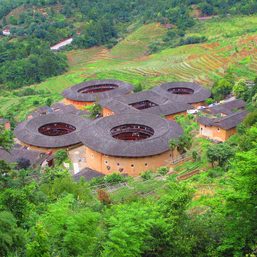

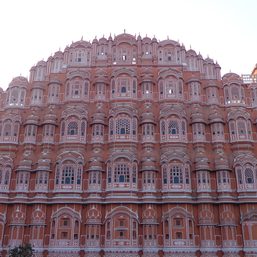
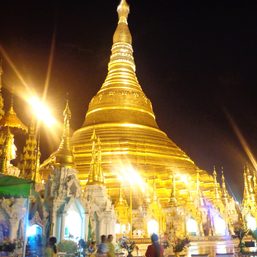
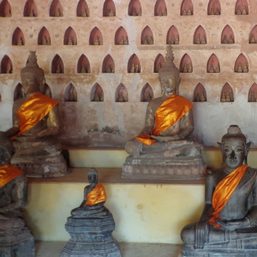
There are no comments yet. Add your comment to start the conversation.